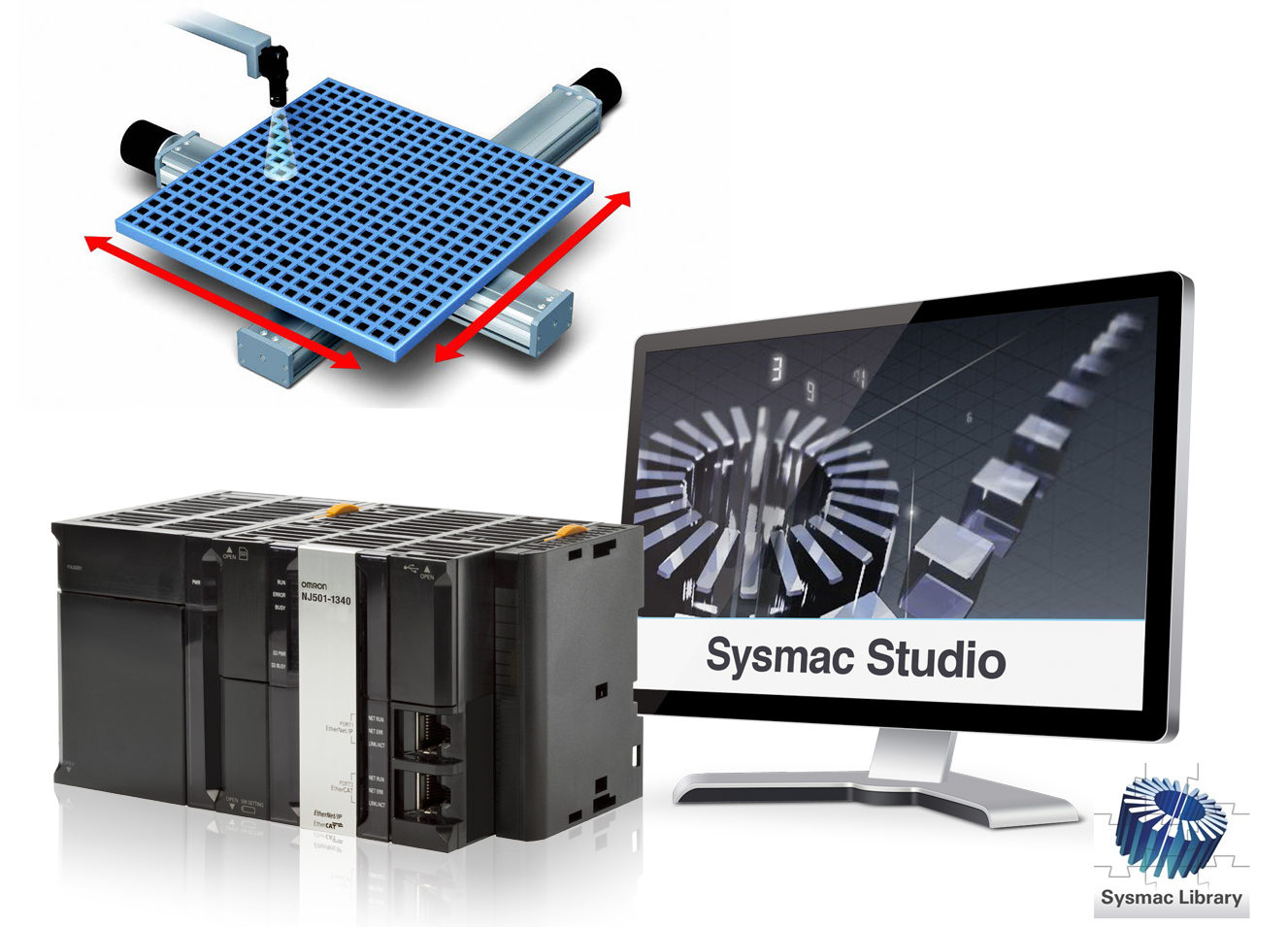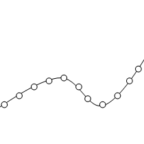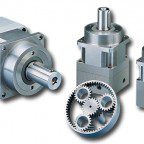Omron Automation now offers an array of Sysmac library functions on its expanded Sysmac Studio integrated development environment. One is a set of vibration-suppression Function Blocks to eliminate wobbling, spilling, sliding, and persistent oscillations. That reduces production cycle times by increasing the speed of material-handling tasks. More after the jump.
The first Function Block — Multiple Frequency VS Filter 1 or MultiVSFilter1 — creates from a commanded axis position the command position that can suppress up to five modes of equipment vibrations.
The second Function Block — Time Specific Positioning Parameter Calculation 1 or TimeToMoveParam1 — calculates parameters to create a command pattern for reaching a target position in a given time when positioning is through MultiVSFilter1.
The third Function Block — Resonance Frequency Specific Vibration Suppression Parameter Calculation 1 or VSMoveParam1 — calculates S-curve parameters (including velocity, acceleration, and jerk) for suppressing vibration during single-axis positioning. More specifically, it gets high-speed travel by suppressing vibration of a set resonance frequency.
The fourth Function Block — Constant Velocity Specific VS Profile 1 or VSConstVelProfile1 — calculates the position profile with the specified velocity in a constant velocity zone. It also calculates smooth position profiles for each acceleration and deceleration distance to reduce residual vibration at stopping positions — and suppress vibration during constant-velocity motion.
The fifth function block — Time Specific Vibration Suppression Profile 1 or VSConstTimeProfile1 — calculates the position profile for move S-curves with a specified travel time. Positioning can be made in smooth velocity and acceleration from start to end points.
The functions run on the company’s NJ/NX controller, and the software is compatible with Omron’s G5 Servo Drive (with built-in EtherCAT Communications). For more information, visit industrial.omron.us/en/products/sysmac-platform …
… or download a PDF detailing the functions.








Leave a Reply
You must be logged in to post a comment.